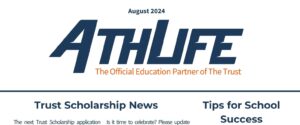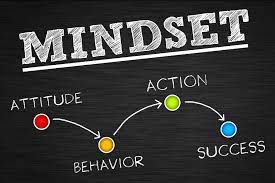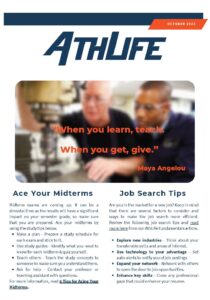Lifelete Fundamentals
March 11, 2015
What people today view as appropriate business attire varies greatly from the perspective of just 20 years ago. For many industries, wearing a suit and tie is a must for a job interview, while, for other industries like technology, a suit and tie might leave human resources saying, “He’s not a good fit.” But how do you know what to wear to which interview, networking event or weeklong sales meeting? Let us start with some basic definitions.
Traditional Business dress/Semi-Formal: (standard for most interviews)
Suit – traditional style/cut in classic colors of navy, black or dark gray
Shirt – white or blue, patterns should be subtle and the tie should be classic and understated
Shoes – lace-ups, classic and understated
Industries – banking, finance, teaching, and sales
Business Casual:
Suit – not necessary, less classic fabrics and colors, pants and sport coat, no jeans
Shirt – more color and pattern, sweaters and vests; ties are less formal if desired
Shoes – includes more choice of color, texture and style
Industries – consumer products, service-based industries, arts & entertainment
Casual:
Neat jeans and khakis, not baggy
Collared and polo shirts, short sleeves acceptable
Shoes – may include sneakers, clean and neat
Tips For Cracking The Code
- Self-awareness – what you wear is an important part of your brand. Ask a few people what they think of how you present yourself.
- Fit – if you are interviewing you are not yet an employee. Dress like you mean business and are serious about being a part of the organization. Even in casual work environments, you must strike a balance between looking like you do not fit in and looking like you are not prepared. Once you land the job, then you can show your style.
- Potential -“Dress for the job you want, not the job you have.” Dressing the part is not just about interviewing and presenting a great first impression. You plant impressions on your bosses and co-workers every day with how you present yourself. They should be able to envision you in your next job. Read How to Dress Like a Leader in Any Environment for more insights.
- Confidence – you never want to be the one that is underdressed at the office Christmas Party; you don’t want to be overdressed for the company picnic either. If you find yourself in either place, not only will you feel self-conscious but you might make others feel uncomfortable as well. A shot to your confidence is the last thing you need when you have the opportunity to shake hands with your “boss’s boss’s boss.”
- Knowledge – if you are unsure of the dress code for an event, including a job interview, ask;, human resources is the best source. Do your due diligence and read the invitation or research the corporate website so you are not asking a question that is clearly answered and easily accessible.




